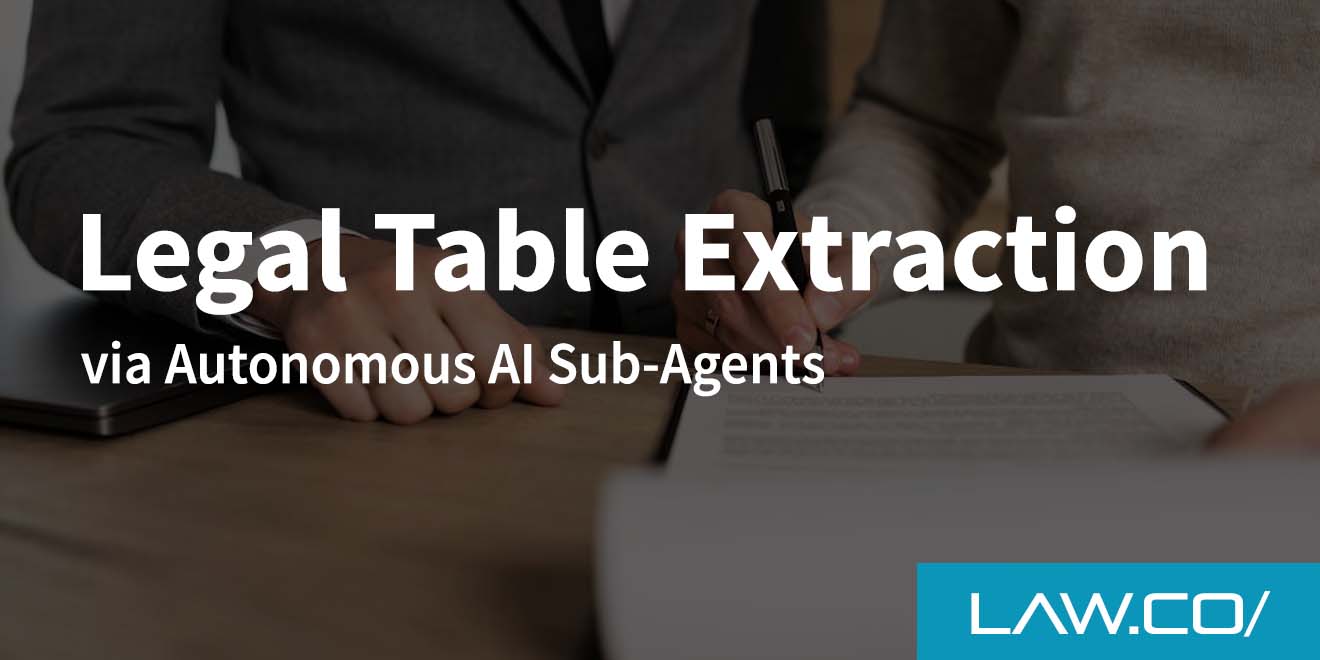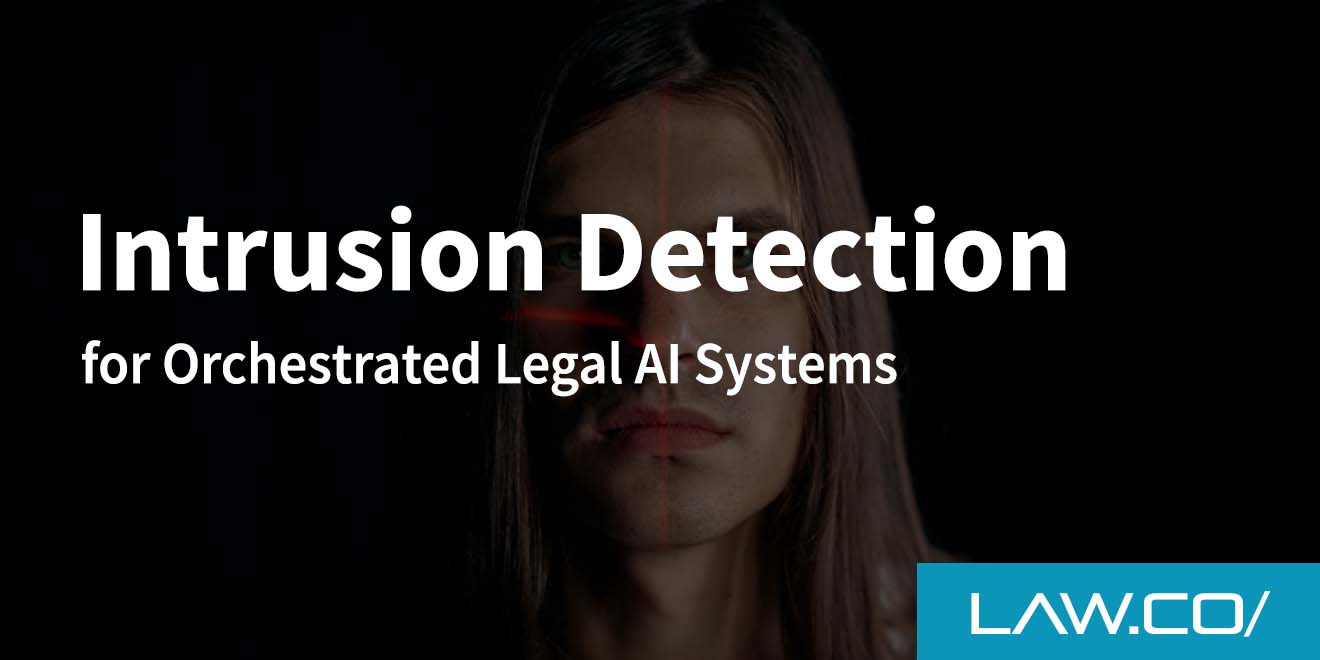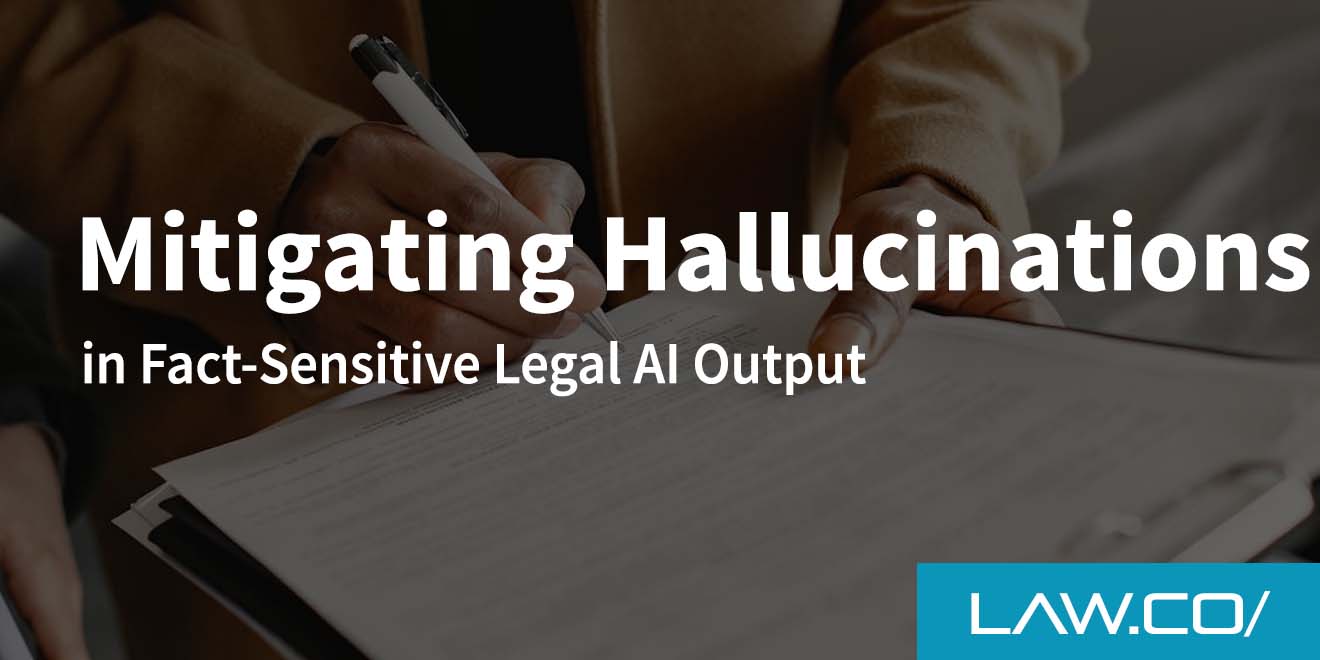

Memory-Safe Legal AI Agents With Context-Aware Buffering
The last three years have seen a surge of interest in AI-powered drafting, review, and research tools, yet many lawyers or law firms using AI still hesitate to grant these systems unfettered access to sensitive matter files. That reluctance is understandable: once client data is exposed to a large language model (LLM) it can, in theory, be retained indefinitely, resurface in unrelated prompts, or even be exfiltrated by a malicious actor.
“Memory-safe” legal AI agents, equipped with context-aware buffering, were designed to solve exactly that problem. They give practitioners the speed and insight of modern language models while enforcing strict boundaries around what the model can keep, recall, or disclose.
What “Memory-Safe” Really Means in Day-to-Day Practice
Traditional LLM integrations behave a bit like a sponge: everything fed to them is soaked up and might reappear in a future conversation or fine-tune. A memory-safe agent, by contrast, operates on an explicit “need-to-know” basis. It receives only the portion of the document set required to answer the current prompt, stores that data in an encrypted in-process buffer, and flushes the buffer as soon as the task is complete.
No long-term embedding, no silent training, no invisible back-channel to the vendor’s central model. In practice, that means an associate can ask an AI agent to “summarize all force-majeure clauses across these 37 leases” without fearing that the unique wording of a high-value client’s lease will end up in somebody else’s answer next week.
Context-Aware Buffering at a Glance
“Context-aware buffering” is a two-part idea:
- The buffer dynamically expands or contracts based on the context window the model actually needs.
- The buffer is purged—sometimes line-by-line—once the specific reasoning step or citation is complete.
Because the system is continually assessing which fragments of text remain relevant, it can support multi-step reasoning (e.g., draft, revise, compare) while never holding more sensitive data than absolutely necessary.
Why Memory Safety Matters in Law
Confidentiality Obligations and Bar Rules
Most jurisdictions treat inadvertent disclosure the same as intentional disclosure once the data is loose. A firm that allows a generative model to retain client documents in its training corpus risks violating Rule 1.6 on confidentiality. Memory-safe agents align with the “reasonable efforts” standard because they enforce technical controls—encryption in use, ephemerality, access logs—that can be audited later.
Litigation Holds and Regulatory Scrutiny
When litigation hits, opposing counsel often requests a complete log of third-party processors that handled the documents in dispute. If your AI provider can demonstrate deterministic, buffer-based processing with zero persistent storage, you have a clean story: the data never left your environment or remained on their servers.
Client Trust and Competitive Advantage
General counsel have grown wary of boilerplate claims that “data is used only to improve the service.” Showing a client tangible safeguards—buffer purges, keyless de-identification, on-premise deployment—can differentiate your pitch and even unlock high-sensitivity matters such as M&A or cross-border investigations.
How Memory-Safe Agents Work Under the Hood
Smart Segmentation and Token Management
The agent begins by chunking source documents into semantically coherent but token-bounded segments. Instead of feeding a 200-page agreement in one go, it loads only the clause-level slices relevant to the user’s prompt. Each slice is encrypted while in memory, then decrypted only for the micro-seconds required by the GPU.
Result: lower token costs, faster inference, and—most importantly—no monolithic blob of client text lingering in RAM.
Redaction and Anonymization on the Fly
Names, addresses, ID numbers, and deal amounts are masked before the text is sent to the model layer. The agent keeps a reversible mapping key in a quarantined sub-process so it can re-insert proper nouns into the final answer. Should that answer ever leak, it will reference “Party A” and “$X million,” not your client’s trade secrets.
Continuous Learning Without Leaking
Some firms still want their AI to “learn” from prior matters. The safest compromise is differential learning: instead of storing raw text, the agent extracts abstract drafting patterns—e.g., “force-majeure carve-outs for pandemics appear in 80 % of leases post-2020”—and keeps those statistics in an internal knowledge base. Because the knowledge base holds only metadata, not substantive client text, it stays outside the scope of most confidentiality clauses.
Implementing Context-Aware Buffering in Your Firm
Key Technical Components
To roll out a memory-safe agent, you will usually need:
- A containerized LLM runtime that can run on-prem or in a firm-controlled virtual private cloud.
- A policy engine that limits the maximum buffer size, retention window, and external call permissions.
- Hardware-level encryption (SGX, Nitro Enclaves, or MTE) for in-use data protection.
- A redaction layer driven by named-entity recognition models fine-tuned on legal text.
- Comprehensive audit logging with tamper-evident hashes.
Each component can be sourced from different vendors, but integration is smoother when you choose an end-to-end platform that exposes modular APIs for redaction, chunking, and purge events.
Deployment Roadmap
- Pilot on a self-contained use case—contract clause extraction or privilege review—where datasets are smaller and the ROI is easy to quantify.
- Run a shadow phase: let the agent produce draft output while humans continue their normal workflow. Compare accuracy, redaction quality, and time savings.
- Promote to “human-in-the-loop” production. Associates rely on the agent’s work product, but every suggestion passes through partner-level review.
- Gradually widen scope to research memos, e-discovery culling, and bespoke client chatbots.
Most firms reach step 3 within six to eight weeks of kickoff, provided IT and compliance teams are engaged from day one.
Benefits That Go Beyond Mere Compliance
Efficiency and Accuracy
Early adopters report 30 %–40 % reductions in first-draft time for routine motions and research memos. Because the agent keeps track of citation provenance at the same time it buffers text, the resulting work product also contains fewer broken links or misquoted passages.
Reduced Cognitive Load
Junior associates spend less time copy-pasting between PDFs and more time performing higher-value analysis. Mental bandwidth is no longer wasted on the nagging fear of “Did I just paste privileged text into ChatGPT?”—the buffer policy makes that impossible by design.
Stronger Client Relationships
Clients often initiate vendor-security questionnaires before sharing data. A memory-safe architecture gives you clear, defensible answers. Transparency here can tip an RFP in your favor or shorten procurement cycles by weeks.
Standardization and Benchmarks
The legal tech community is already collaborating on open standards such as “PromptML-Legal” to define how buffering events and redaction logs should be serialized. As these frameworks mature, expect third-party auditors to certify compliance the same way SOC-2 or ISO 27001 attestations work today. Eventually, memory-safe buffering may shift from “nice-to-have” to table stakes for any AI tool that wants to operate inside an Am Law 200 environment.
Final Thoughts
Legal professionals cannot afford to ignore the speed and insight that modern language models bring to discovery, drafting, and due diligence. At the same time, the profession’s core duty—safeguarding client confidences—demands technical solutions that match the rigor of traditional privilege safeguards.
Memory-safe legal AI agents with context-aware buffering square that circle: they deliver the intelligence of large language models while keeping every byte of client data on a short, well-monitored leash. For law firms willing to move early, the result is faster work product, happier clients, and a competitive edge that is difficult to replicate once the playing field catches up.

%201.svg)










